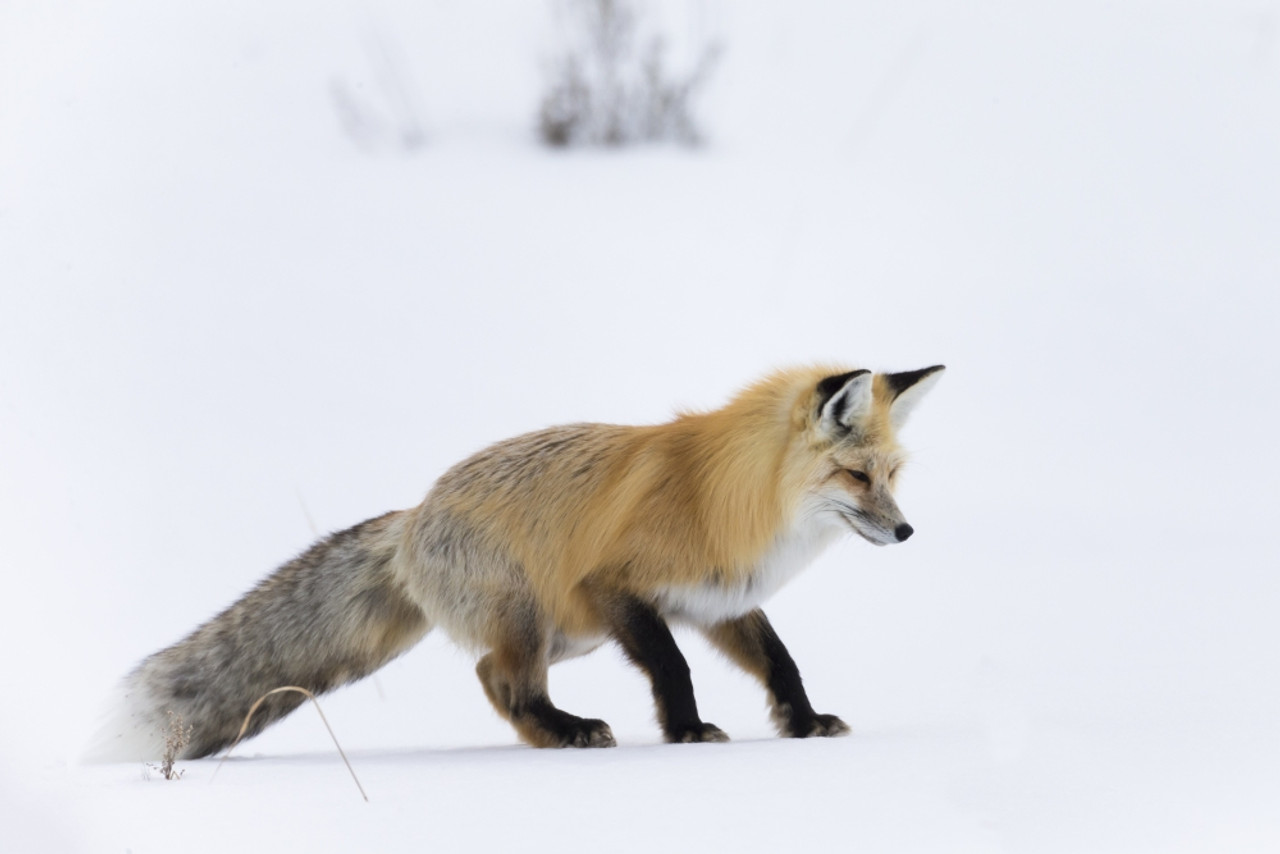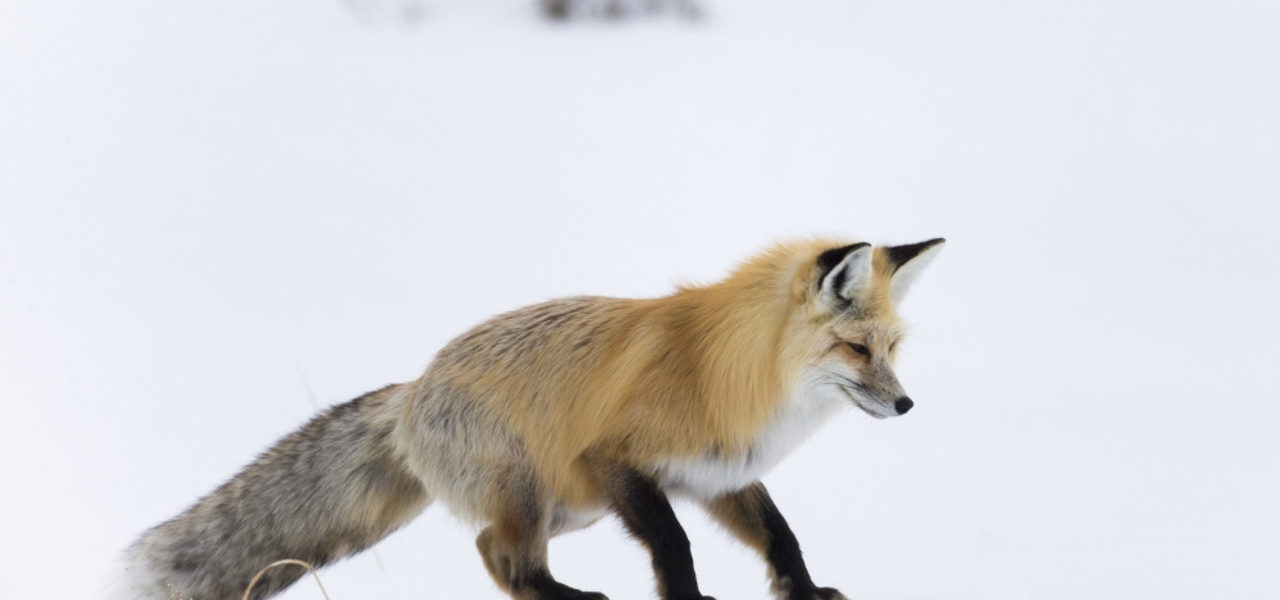
By Mark Davis
Powell Tribune
Via- Wyoming News Exchange
POWELL — The first suspected case of avian flu killing a mammal in Wyoming has been sent to the U.S. Department of Agriculture’s wildlife lab for verification.
A red fox, one of three suspected cases recently sent to the state lab, tested positive.
All scavenging mammals, including pets, are in danger of contracting the disease according to state officials.
Last week, for the first time, three grizzly bears suffering from the virus were “humanely euthanized” by Montana officials.
Game and Fish large carnivore program manager Dan Thompson said he wouldn’t be surprised if were found with the virus in Wyoming in the future due to their scavenging nature, but has yet to see the species being affected here. He explained most avian flu outbreaks in Wyoming have happened outside known grizzly habitat.
However, data entries on the map of mammals being sickened and killed by Highly Pathogenic Avian Influenza create a clear line across the northern U.S., and encircle Wyoming.
Species of mammals in Nebraska, South Dakota, Montana, Idaho, Utah and Colorado had all been reported prior to the discovery of the fox in Wyoming possibly infected with the disease.
The two-tiered verification process is required under federal regulations.
Two other suspected cases were brought to the Wyoming lab; one was negative and the other is too soon to know, according to State Wildlife Veterinarian Dr. Samantha Allen.
“That [the syndrome] is able to cause disease in something other than a bird, that’s a little worrisome,” she said.
The fox being forwarded onto the federal lab was brought to Wyoming’s lab by the USDA Wildlife Services.
The current epidemic of avian flu has been around for a couple years, mutating into the current variant that is now transmissible to mammals. The disease has killed thousands of birds in the state, Allen said. Unlike variants of the past, this one is killing “a bunch of different bird species.” Poultry has been significantly affected, causing supply chain issues that have increased egg prices between 100%-400%.
But other birds have been hit hard as well. The Game and Fish last year “depopulated” thousands of pheasants at the Sheridan Bird Farm out of an “abundance of caution.”
Various raptors, vultures, wild turkeys and Canada geese have all been hit hard as well, to name a few, Allen said.
“It’s very similar to a coronavirus,” Allen said. “[Viruses] like to mutate. They pick up pieces along their voyages, and they change. And that’s where the problem is with influenza viruses in general, and especially the avian influenza virus. Previous like-iterations of the virus that have come to North America have not been as virulent and have not crossed the species barrier the same way this one has.”
Due to the vast landscape and difficult terrain, Allen said the few suspected cases found are likely the tip of “the iceberg.”
“If someone isn’t walking around finding these cases, it doesn’t mean they don’t happen, it just means we’re not picking up on it,” she said. “There’s probably many more that are just going unaccounted for.”
One of the proactive efforts of the state is clearing animals after large die-offs. When a large die-off of waterfowl or other flocking birds is reported, the state jumps into action to clear the danger off the landscape, Allen said.
“But sometimes it’s impossible,” she said.
For example, when geese die on thin ice, it is too dangerous to clear them immediately.
Other ways the state is trying to mitigate the disease is through public education and coordinating between other agencies and nongovernmental organizations to increase the flow of information.
She said pets are in danger of contracting the disease if they come into contact with infected birds.
If owners suspect their pet has had contact with a sick or dead bird and is showing signs of sickness, it’s best to immediately contact a veterinarian, she said.
One bit of good news: Mammals don’t seem to be able to carry the disease well and the transmission of the disease seems to stop at that level. Allen calls it a “dead end” for the disease.
“Mammalian hosts that have gotten this virus don’t seem to be able to transmit it that effectively to other creatures,” she said.
The best way to help is to contact the Wyoming Game and Fish Department if you find a dead animal.
Red fox seem to be the most infected mammal at this point, but there have been 15 species reported across the nation, including skunks, grizzly and black bears, coyotes, raccoons, fishers, opossums, bobcats, and even bottlenose dolphins and harbor seals.
Thompson said samples from all grizzly bears euthanized or found dead in the state are sent to the federal government for further testing due to protections for the bears under the Endangered Species Act.
According to the Centers for Disease Control and Prevention, only one human has come down with this variant of avian flu. A man involved in culling poultry was exposed on a commercial farm in Colorado last April, the CDC reported.
The current outbreak has led to the deaths of more than 52 million birds killed by or culled in the United States to contain the virus.





